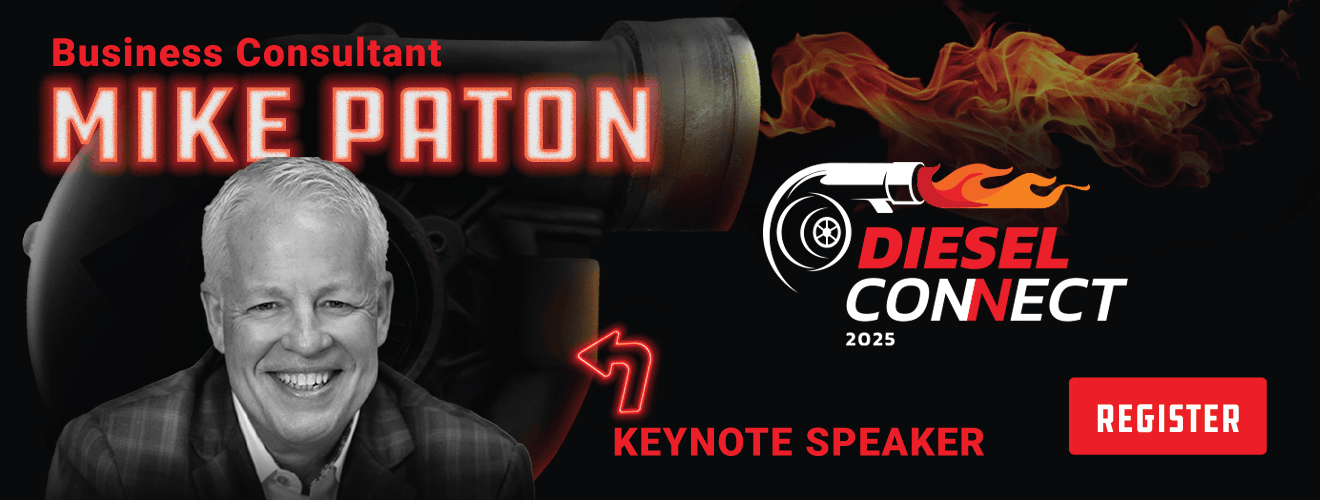The Revenue Has Landed: How Can Your Shop Recoup Landed Costs?

We’ve said this before, but it bears repeating: your shop may be losing money on hidden costs.
A few months ago we ran a piece on burden costs. These expenses can add up, but shop owners don’t often take them into consideration when marking things up or paying bills. Something we didn’t get into — but which can definitely impact your shop over time — are landed costs.
Geez, Fullbay, you may be saying, how many costs are out there?

The old saying, “You gotta spend money to make money” applies here. But the reality of doing business in the modern era is that, yes, everything has some kind of cost attached to it.
But have no fear, Fullbay is here! We’re going to talk all about landed cost, what it might be costing you (no pun intended), and how you can offset it.
WHAT IS LANDED COST?
In theory, your landed cost is what you’re paying to get a part from a vendor to your shop. This applies to any kind of part, from the smallest bolt to an engine.
In the wider business world, this can include customs, taxes, and other associated fees—you know, those pesky things that end up lumped under shipping as a whole. For our purposes, though, we’re going to treat landed cost as the money you spend on shipping—literally the amount it costs for the part to land in your shop (sorry…we’ll see ourselves out).
We’re addressing landed costs today because a heck of a lot of shop owners that we work with just…well…ignore them. Some are only vaguely aware that landed cost exists; others can see that it’s siphoning off some of their profits, but they view it as a cost of doing business.
But it doesn’t have to be.
Here at Fullbay, we view landed cost in the same way we view burden cost and shop supplies. Yes, it’s a cost of doing business, but it’s a cost that your own customers can help offset if you add an appropriate markup.
HOW DO I FIGURE OUT MY LANDED COSTS?
What kind of fees do you pay to get a part to your shop? Shipping and handling, sure. Hazardous waste in some cases. Your vendor will generally have a section on your invoice that indicates the total cost of shipping; if they don’t, you can always request it.
Now, if you’ve got your shipping costs in mind and are ready to find out what your landed cost is, just use this equation:

Say you’re buying a part for $5, and it costs $1 to ship that part. Your landed cost is $6.
It doesn’t seem like a ton of money on this page, does it? But think of all the parts you order in a week, a month, or a year, and all the shipping fees you may not be recouping over time.
It adds up.
Keep in mind that if you’re ordering multiple parts at the same time (and many shops are!), you’ll need to split up the shipping cost based on each part. How you do that is up to you; you can divide it evenly across each part, or determine which part (or parts) cost more to ship.
HOW TO RECOUP LANDED COST
You can offset your landed cost by adding a small markup to the parts you order.
You should already be marking up your parts if you want to stay in business for any length of time. Your existing markup percentage will depend on the part in question and the general health of your surrounding market; generally speaking, customers will be more sensitive to high markups on big-ticket items like turbochargers than they will be to smaller, cheaper items like bolts.
Once you understand your landed cost, you can run your markup and margin on the landed cost value.
Did you wince at the prospect of doing more math? Fullbay is here to help! You can experiment with markup percentages using our free Parts Markup Calculator, which can help you sort out how much you ought to be charging on a part to ensure you’re not leaving money on the table.
And that’s what it comes down to, isn’t it? Ignoring landed costs doesn’t make them go away; it just guarantees you aren’t getting fully compensated for the money you’re spending. You run a business; yes, you’re helping fleets and drivers, but you also need to ensure you’re getting paid fairly. Tracking your landed costs and marking up your parts appropriately in return is a small step that can, over time, lead to higher revenue and a more profitable shop.
